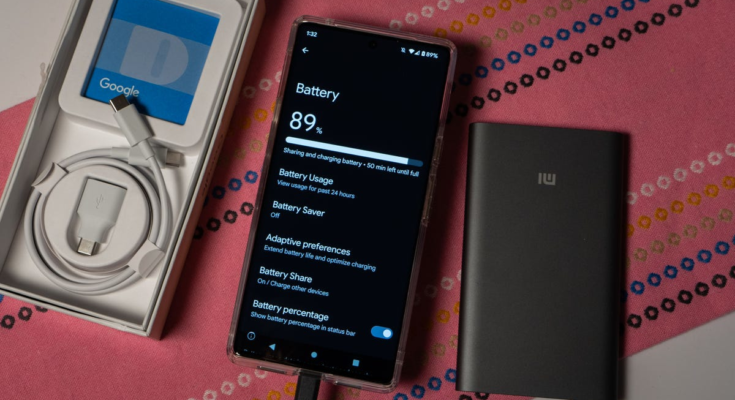
Google decided not to include a USB-C adapter in the Pixel 6 box, following Apple and Samsung’s moves in an attempt to reduce e-waste. But that lack of a charging brick may be causing some issues: Scattered reports, originally surfaced by 9to5Google, indicate the Pixel 6 experiences charging troubles if charged using an incompatible USB-C cable.
Google does include a USB-C to USB-C charging cable in the box, but if you don’t have a USB-C charging brick, you might be plugging an old cable into a USB-A wall plug. In late October, a Google forum user posted about an issue that arose as they plugged an old charging cable into the Pixel 6. “Nothing happens,” wrote the user. “No charge, no warning, no nothing. It’s like it’s not connected.”
A Google Platinum Product Expert then instructed the user to buy a USB-C cable compatible with the Pixel 6’s fast-charging USB Power Delivery specification.
“Cables matter,” wrote the expert, who then followed up with their assessment of the potential charging issue on the Pixel 6. “Swapping cables meant the difference between being able to charge my phone at 7.5W (5V 1.5A nominal) versus not at all, with the same charger.”
Google suggests that you use at minimum a USB-C cable with a USB 2.0 power adapter and cables and toss aside the USB-A power adapter for a USB-C to USB-C solution instead. Otherwise, the USB-A cable will “charge your phone more slowly”—or maybe not at all.
G/O Media may get a commission
I drained a Pixel 6 Pro’s battery to see if I could recreate the same issue brought up in the Google forums. The phone seemed to charge fine with a USB-A to USB-C cable charging from an Aukey power strip, as well as an Apple 30W MagSafe power adapter. Even my 10,000 mAh Xiaomi power brick delivered power to the device via some freebie USB-C cable I found somewhere.

I charged the Pixel 6 Pro via a proprietary OnePlus Warp charging cable to a generic USB-C power delivery brick. The Pixel 6 Pro was simultaneously charging and sharing power. I also tried three other random USB-A to USB-C cables I had lying around, including the one included with an 8BitDo controller, and all of them were able to charge the smartphone. I luckily have new USB-C cables on hand to charge up, but that’s not the case for everyone.
Low-quality USB-C cables have long been a plague in the tech industry. At least this way, Google ensures no significant power delivery issues—besides the one you might already be annoyed with, which is its maximum 21W-23W power delivery despite the suggested use of its 30W Pixel charging brick.
But Google’s efforts to be more environmentally friendly are a little moot if folks have to buy new charging adapters in order to make sure their phones charge properly. If you have only have a USB-A wall plug on hand, you’ll likely use a USB-C to USB-A cable—and then you might run into the charging issue.
“This move also generated a drawer full of electronic waste I had in terms of cables and chargers,” notes the forum user who originally submitted the post. “All of this wouldn’t be an issue if they were not bragging about being environmentally friendly.”



